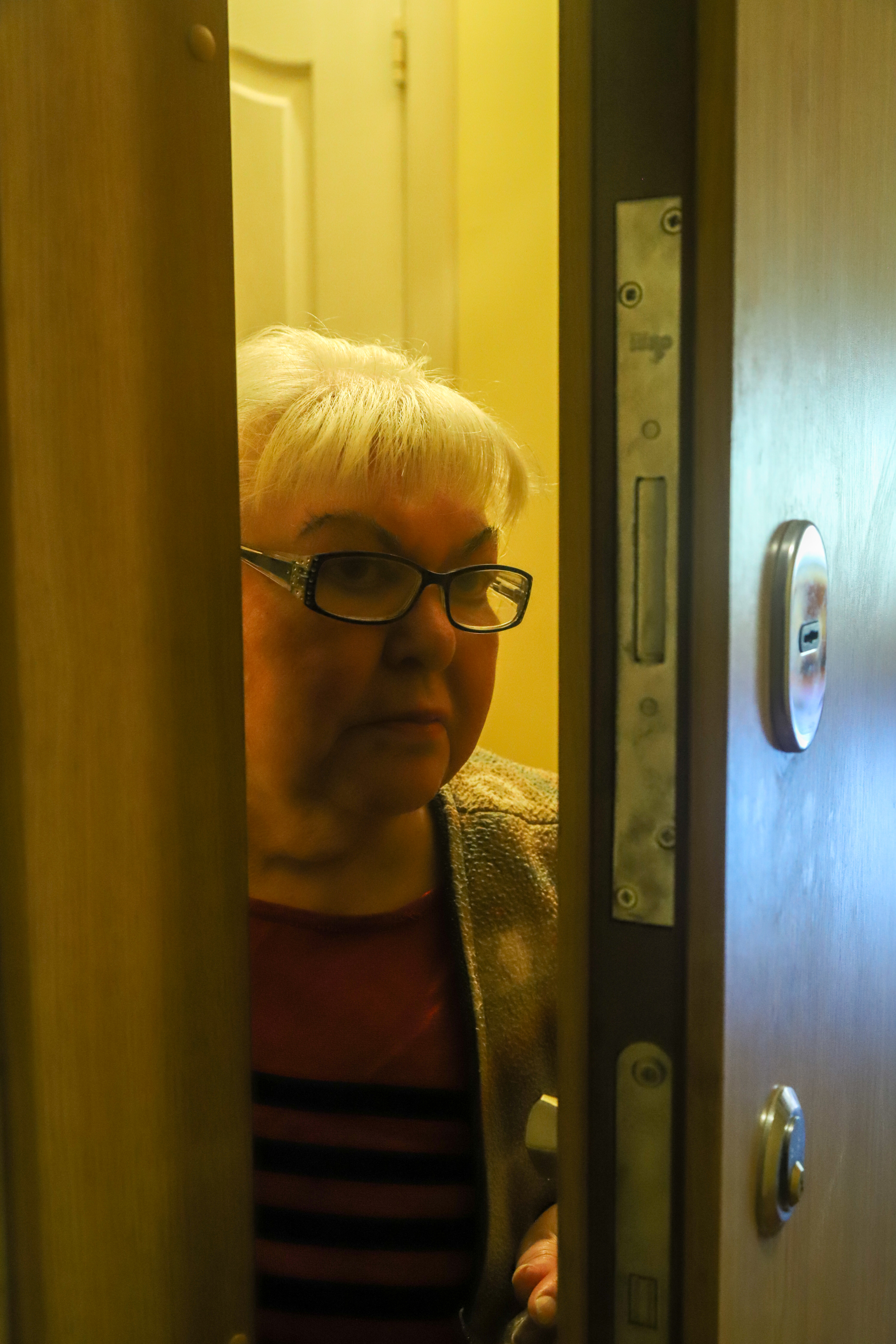7 Methods to spot the fraudulent websites
The Internet is full of various scams and traps to try to pipe innocent users. As fraudsters are getting better, even routine users can easily happen that a careless click will lead to serious damage. 7 We are showing a method now that you can determine if you have a fraudulent website.
It is becoming increasingly difficult to determine between many fake sites whether the website we click on whether we have any danger to us. Rogamers use more and more advanced methods to deceive users, but it is not impossible to fail. If you suspect fraud, this 7 steps are worth taking.
Examine the URL
Even the URL of the website tells you a lot of information about the website. It is worth taking a close look at tiny typing, such as face6ook.com instead of facebook.com.
But TLD can be telling. TLDs are the last parts of the domain name, for example .Com, .org, .NET, etc. If you find unusual letters in this place, it is worth suspecting.
It is also possible to use the name of a real website in the aldominal of a fake website to seem like a legitimate website. This can be filtered by thoroughly checking whether the domain name belongs to the real website.
For unnecessary words and dashes, you should also be careful, such as « Google-Login.net ».
Check your website security certificate
The good news is that fraudulent websites usually do not stay for long as they will sooner or later be caught. Therefore, the domain name of the website can be filtered by examining the age of the website. This can be safely checked in the search engine of ICANN or in the Who.is search device.
If the website is secure, a padlock usually appears on the left side of the browser’s URL band, and if you don’t have the icon, you can see the connection security by clicking the button there. If you have found a suitable security certificate, it is important to check whose name has been issued, as fraudsters can obtain SSL certificates for their fake websites.
Defective content and bad design
Cheaters try to copy the original pages as accurately as possible, but they often can’t compete with the contents and design of a real website. So, if you find incorrect formulations, typing and poor quality photos on the surface, you are likely to be mixed with a fraud site.
Non -working links
Fake websites usually have only a few pages that focus on stealing personal or financial data. That is, if you look at the site more, you will have a good chance of defective links that will not lead anywhere. And there are often often missing information that is usually found on a real website, such as a contact page, contact details, as well as shipping and return information.
Fraudsters also use more and more advanced methods, but small errors left on websites are caught by fake websites / illustration: Northfoto
Suspicious payment process
Legal enterprises usually offer safe methods of payment that are usually easy to use or have adequate customer protection. Therefore, it is not worth going into riskier payment methods if you are not sure of the authenticity of the site – writes HowtoGeek.
Use help!
If you meet a suspicious website but you cannot decide whether legitimate or false, many online devices can help assume its safety. For example, you can use AA Norton Safe Web and Urlvoid devices for checking. However, these pages do not offer 100% results, so it is worth applying with other tips.
Where did you find it to the page?
Where you get to a suspicious website can tell you a lot about what the site might be. Unsolicited emails and text messages advertising an emergency or promising crazy discounts, often fraudulent links they contain. Similarly, In the social media Published ads or entries from unknown accounts, or even unusual posts from known social media accounts.




/s3/static.nrc.nl/images/gn4/stripped/data132592698-864fe3.jpg)